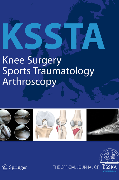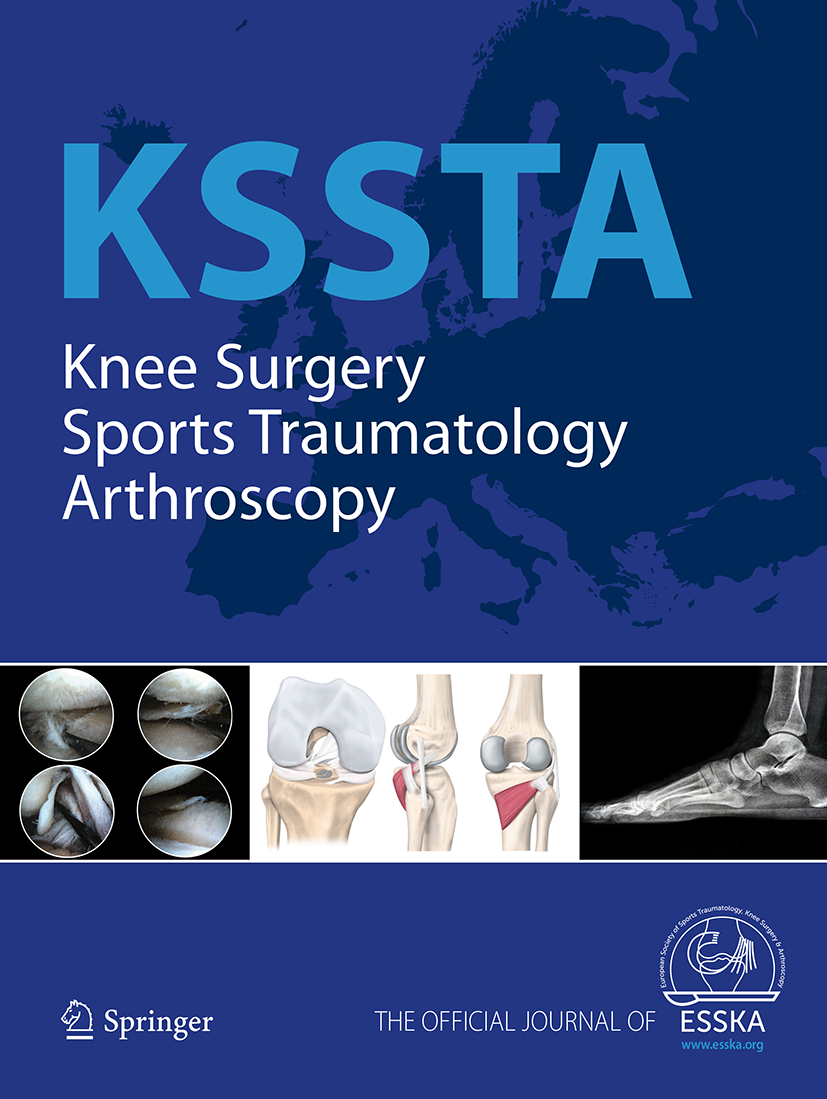
Subacromial Impingement: Efficacy of adjunctive eccentric training to tradition rehab .
This report has been verified
by one or more authors of the
original publication.
Does adding heavy load eccentric training to rehabilitation of patients with unilateral subacromial impingement result in better outcome? A randomized, clinical trial
Knee Surg Sports Traumatol Arthrosc. 2013 May;21(5):1158-67. doi: 10.1007/s00167-012-2012-8. Epub 2012 May 1261 patients were randomized to undergo either traditional rotator cuff training or eccentric exercises combined with traditional rotator cuff training for treating subacromial shoulder impingement. 12 week results, investigating effects of heavy load eccentric exercises on pain, strength and shoulder function, demonstrated a 15 % greater gain in isometric 90 degree abduction strength, but similar improvements in pain and function as traditional rotator cuff training alone.
Unlock the Full ACE Report
You have access to 4 more FREE articles this month.
Click below to unlock and view this ACE Reports
Unlock Now
Critical appraisals of the latest, high-impact randomized controlled trials and systematic reviews in orthopaedics
Access to OrthoEvidence podcast content, including collaborations with the Journal of Bone and Joint Surgery, interviews with internationally recognized surgeons, and roundtable discussions on orthopaedic news and topics
Subscription to The Pulse, a twice-weekly evidence-based newsletter designed to help you make better clinical decisions
Exclusive access to original content articles, including in-house systematic reviews, and articles on health research methods and hot orthopaedic topics

































































